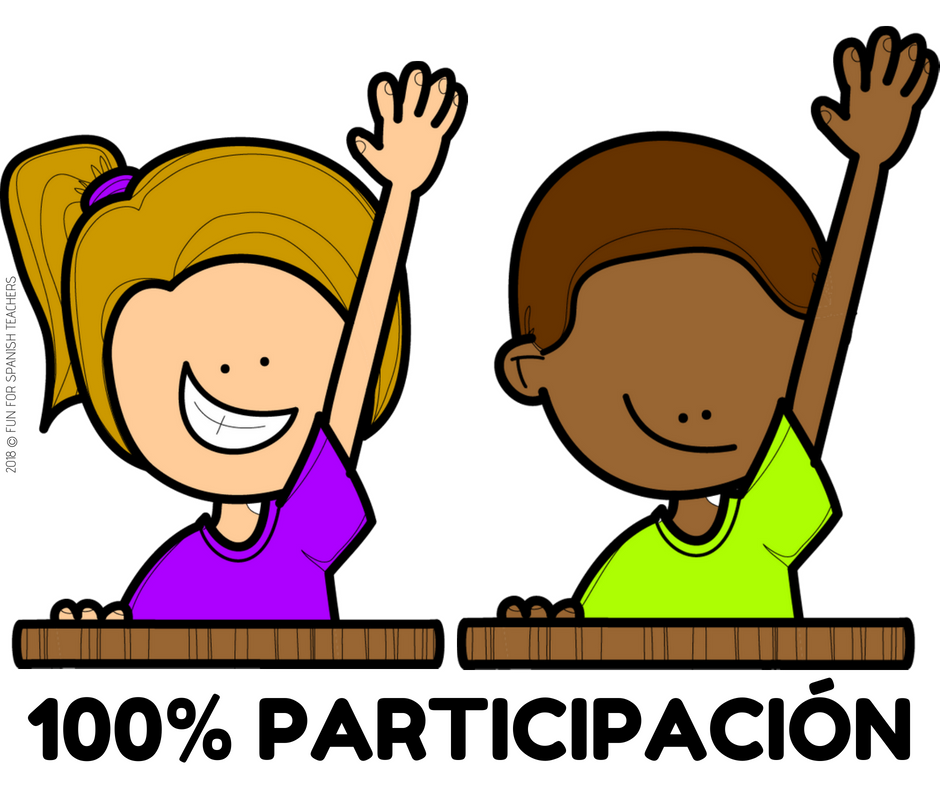Model Classroom - Rosa Alberto
Sra. Alberto's Model Classroom
Why learn Spanish!
Fecha: Hoy es jueves 15 de enero del ano 2021 - (with correct spelling in Spanish; google not so Spanish friendly)
This is the first thing my students see as they enter and take a seat. They always have the complete date written out in order to learn to read and spell the full date in Spanish.
On the left hand side of the white board, they are able to read the Objectives and Announcements (written in English).
On the center of the White board or on Smart board, the students can find the "Hagan Ahora" (warm up). As I greet each student out in the hallway, the students walk in and get right to work on their warm up. The "Hagan Ahora" consists of something short ad sweet that we have previously covered. Because I teach high school, it's very important to set routines (any grade I guess) to better help them stay focus and on track. It is my expectation that by the time the late bell rings and I walk back into the classroom, they are half way through their "hagan ahora" - completed by the time I am done calling attendance. We always go over the "hagan ahora" to check for comprehension (usually this gives me a pretty good idea of who is understanding the concept or not).
As for my model classroom, day one marks the establishment of routines. This daily repetition sets the tone for the school year. I model the expectations for the students to imitate/learn and follow. Entering the classroom with something to do allows me the opportunity ti greet them happily at the door; all knowing that in the classroom learning is happening even though am not physically in the room.
Part of modeling expectations and routines, early in the school year (day one) we speak about respecting others physically and emotionally (if you don't have anything nice to say, say nothing at all). They are all allow to voice their opinions with caution of others believes, gender identity, cultural backgrounds, emotions, and or religion.
Prior to COVID
Student seating are arranged in groups since most of the classes are composed of group teaching and learning. When a new lesson is introduced, students then take the lead in reteaching it to each other. The reteaching might include performances, skits, plays, stories, read aloud (stories written by students), etc. During the "reteaching" period, the students take the lead and I simply suggest and help keep everyone on task.
My class is usually composed of students in the same grade level ranging from all cultural backgrounds between 25-30 students. Sometimes I get native speakers (Spanish). This allows me to have a "co-teacher". These students usually work independently on "hispanoablante" assignments (assignments all in Spanish for native speakers) and assist in different groups. Ironically my ELL's are (usually) my native Spanish speakers who don't need to be in my class but have to. My none Spanish ELL's are able to understand and grasp the language "easier" because they already speak a few different languages thus facilitating their ability to comprehend. They usually have established mechanisms to help them learn a different language.

Comments
Post a Comment